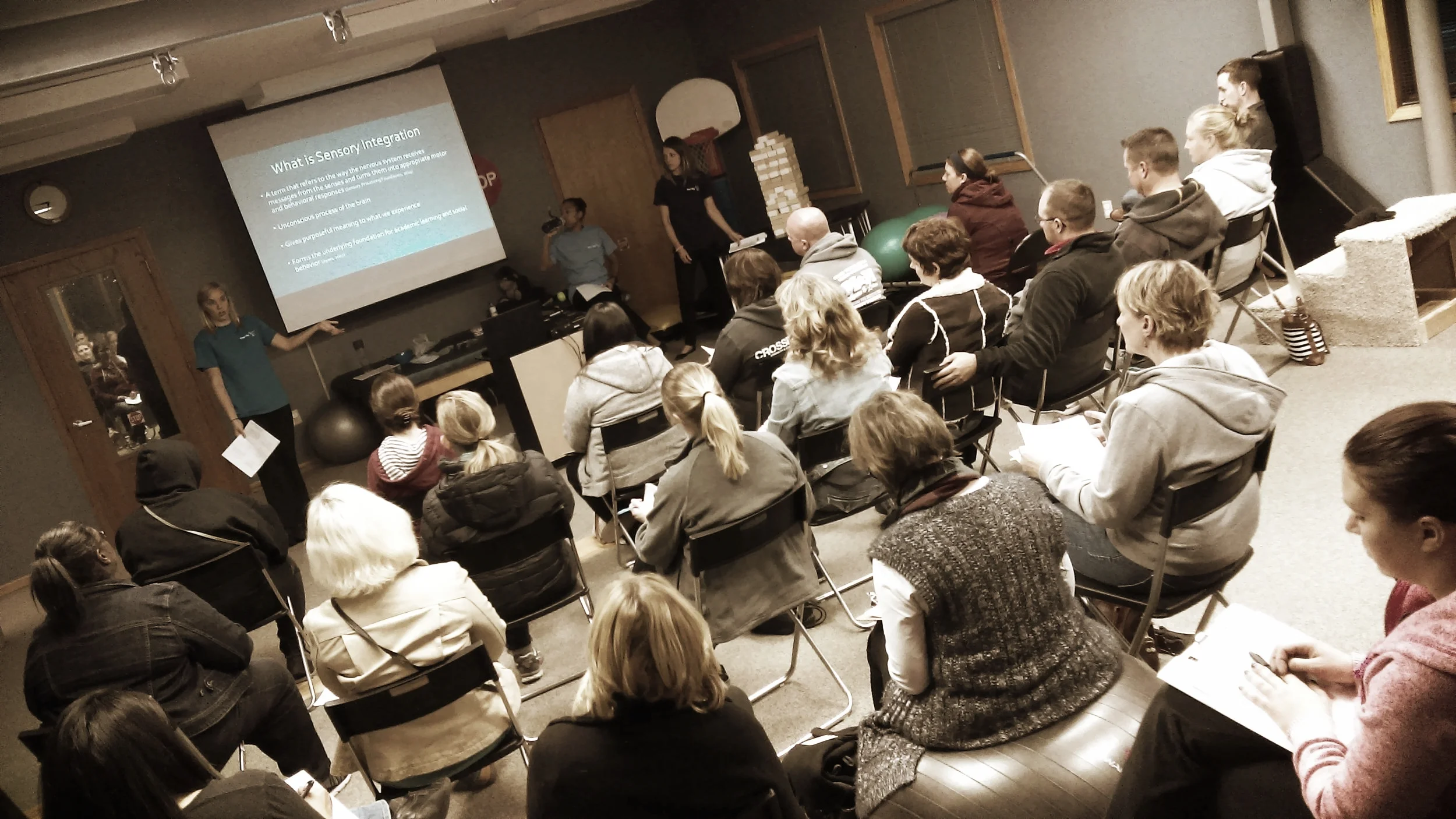May is Better Speech and Hearing Month
/With 11% of children ages 3–6 having a speech, language, voice, or swallowing disorder, communication disorders are among the most common disabilities in children nationwide. During May, which is Better Hearing & Speech Month, Inver Grove Heights-based speech-language pathologist Rachel Kuenzli urges families to learn the early signs of these disorders and seek an assessment if they have concerns.
Communication disorders are treatable, yet all too often, we find parents are waiting longer than we’d like to bring their child in for an evaluation. Timely intervention is important, as untreated speech/language and hearing disorders can lead to problems with reading and writing, academic success, social interactions, behavioral problems, and more. These disorders are highly treatable and, in some cases, can be reversed or even prevented. So, Therapy OPS's message to parents is: If you have any concern, don’t wait and see if there is a change. Trust your instincts, and get it checked out.”
Speech and language disorders are evaluated and treated by speech-language pathologists. Warning signs of these disorders are listed below.
Language Disorders
· Does not smile or interact with others (birth and older)
· Does not babble (4–7 months)
· Makes only a few sounds or gestures, like pointing (7–12 months)
· Does not understand what others say (7 months–2 years)
· Says only a few words (12–18 months)
· Words are not easily understood (18 months–2 years)
· Does not put words together to make sentences (1.5–3 years)
· Has trouble playing and talking with other children (2–3 years)
· Has trouble with early reading and writing skills (2½–3 years)
Speech Sound Disorders
· Says p, b, m, h, and w incorrectly in words (1–2 years)
· Says k, g, f, t, d, and n incorrectly in words (2–3 years)
· Produces speech that is unclear, even to familiar people (2–3 years)
Stuttering
· Repeats first sounds of words—“b-b-b-ball” for “ball”
· Speech breaks while trying to say a word—“-----boy” for “boy”
· Stretches sounds out—“ffffff-farm” for “farm”
· Shows frustration when trying to get words out
Voice Disorders
· Uses a hoarse or breathy voice
· Uses a nasal-sounding voice
Families can learn more about these signs, get tips for helping their child, and find a searchable database of the professionals who treat communication disorders at http://IdentifytheSigns.org. Concerned parents who want to schedule an assessment or consult may contact Therapy OPS at 651-455-0561.

